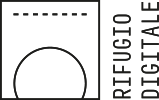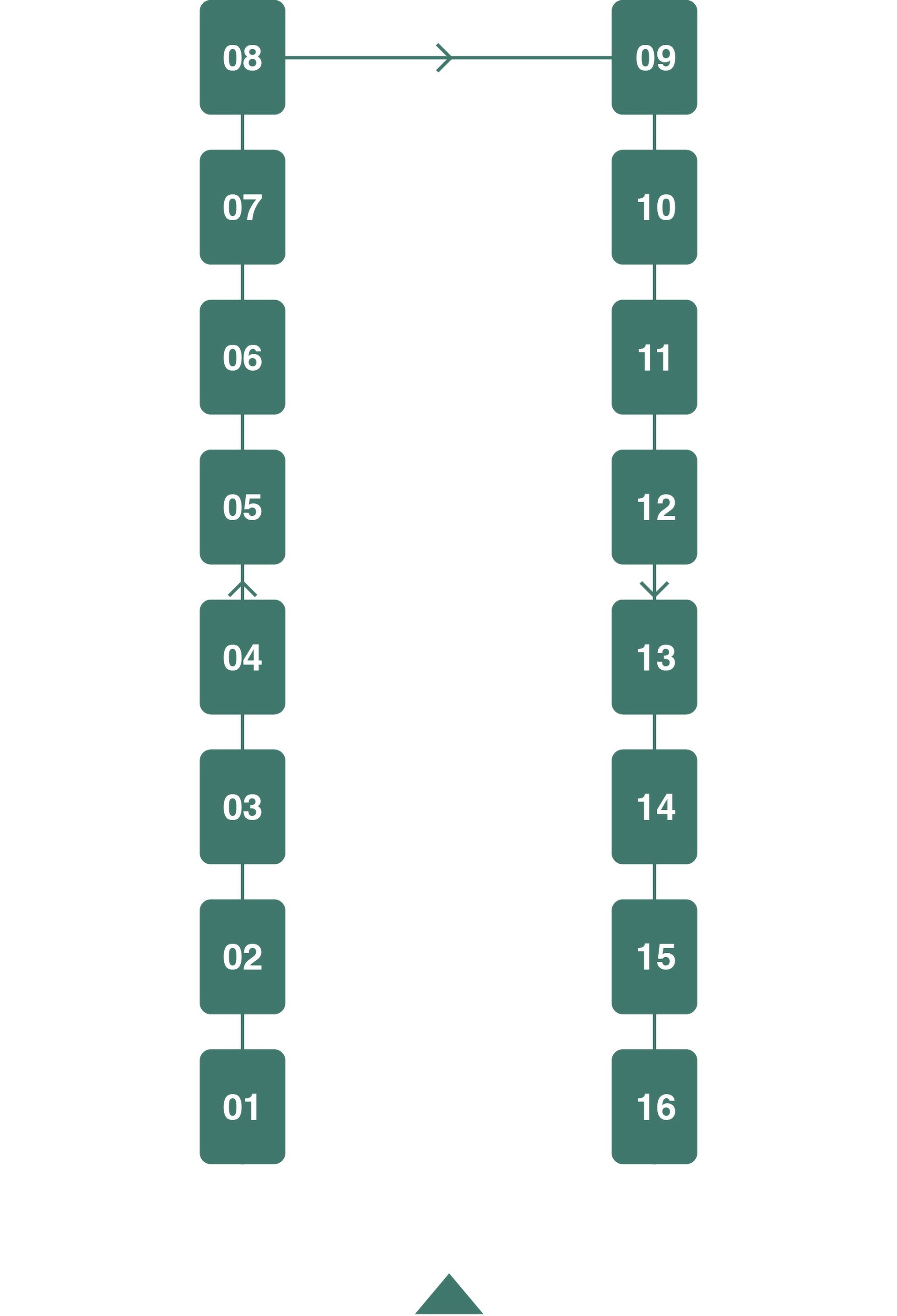
Future Studies
The future as a frontier for exploration, study, documentation. In the last ten years, Luca Locatelli, one
of the most awarded Italian photographers (Leica Oskar Barnack Award 2020, World Press Photo 2020
e 2018, POY Photographer of the Year 2020) as well as one of the most widely published (National
Geographic Magazine, The New York Times Magazine, TIME) on the international horizon, has trained his
camera on the relationships between people and science, technology and the environment, describing
the places where tomorrow’s solutions are being invented: from vertical farming to raising insects, from
sustainable cities in the Arabian desert to offshore windmills in the North Sea, Locatelli has drawn a global
map of experimentation for the future of the human race on planet Earth.
Starting on October 20, Rifugio Digitale will kick off its new SuperNatural series, curated by Irene Alison
and Paolo Cagnacci, with Locatelli’s personal exhibition entitled Future Studies: visions from a possible
future, a selection of photographs from a long-term photographic project. It is a voyage among the people
and places where science and technology are used to find the proper balance between humanity and the
planet we inhabit, in an attempt to reduce our impact and redefine our presence in a more sustainable way.
For a long time, progress has been the focus of all the utopic visions for the future. But if it is true, as Yuval
Noah Harari claims, that science comes ever closer to transforming Homo in Deus, it is precisely on this
frontier that man risks losing himself. What will our possible next steps be as a species?
The urgent need to respond to this question prompted Locatelli to travel on five continents, to visit the
laboratories where research scientists promise to satisfy the needs of humanity with their discoveries, in
lands in which tradition and mythology merge with advanced technology, all the way to the frontiers in
which we test new ways of living and play with our evolution.

Jan Mayen, 2019
Visitors walking on the beach in Haugenstranda, Jan Mayen Island.
Jan Mayen is a Norwegian volcanic island in the Arctic Ocean with no permanent population. It is one of the most remote places in the North Atlantic Ocean, halfway between Iceland and the island of Spitsbergen, the largest of the Svalbard archipelago.

Singapore, 2011
Indoor butterfly garden at the Singapore airport.
Singapore’s green urban transformation touched architectures and attractions all around the city. Changi Airport’s Butterfly Garden is an example of the green and sustainable attitude of Singapore. Following the vision of Mr. Lee Kuan Yew, the founder of Singapore, which endorsed the vision of ‘The Garden City’ back in 1965 that included the creation of national and community parks and initiatives for tree-planting. Singapore is a leading example in Asia and in the world for how to create business through sustainability, inside a metropolis.

Dubai, 2017
Sustainable City in Dubai comprises of 500 villas equipped with solar panels.
A park runs through the entire length of the neighborhood, housing the community’s biodome greenhouses for urban farming. The solar car parks supply the electricity needed to power street lighting, electric vehicle charging and water treatment.
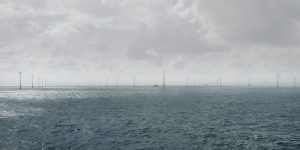
North Sea, Germany, 2015
Dong Energy's Borkum Riffgrund 1 wind farm sprawls out into the North Sea with 78 turbines.
The farm can produce enough power for 320,000 German households. Wind farms in the Baltic and North Seas are the latest massive push by Germany for renewable energy in the effort to phase out coal as the country’s main power source.

North Sea, Germany, 2015
Dong Energy's Borkum Riffgrund 1 wind farm sprawls out into the North Sea with 78 turbines.
The farm can produce enough power for 320,000 German households. Wind farms in the Baltic and North Seas are the latest massive push by Germany for renewable energy in the effort to phase out coal as the country’s main power source.

Singapore, 2011
People plant trees at the Singapore Gardens by the Bay in 2011, just before the inauguration of the Flower Dome, the largest glass greenhouse in the world.

Hellisheidi, Islanda, 2019
Steam clouds rise from geothermal wells at Hellisheidi Power Station in Iceland. Being one of the world's most nature-oriented countries, Iceland gets approximately 87% of its hot water for households from geothermal energy. This geothermal power station is Iceland's largest and the third largest in the world. It has been designed to blend in, pipes were painted green to minimize the visual impact on the landscape, and a circular water system extract and returns water underground. With energy production driving the climate crisis, finding a way to produce cleaner energy around the globe is one of the main challenges for the future. Geothermal energy could be an option in countries that can tap volcanic activity instead of coal or oil.
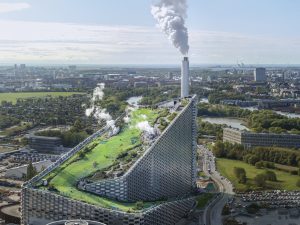
Copenhagen, Denmark, 2019
This ultramodern building is the home of CopenHill, in Copenhagen, which claims to be the world’s cleanest waste-to-energy plant. It was designed by architect Bjarke Ingels, who incorporated a ski slope and a hiking path on its roof, turning the plant into a public gathering space. The plant can burn through 70 tons of trash each hour, producing hot water and energy for 120,000 households in the city, and its filtration system clears the pipe discharge of pollutants.

The Netherlands, 2017
One of the biggest and most modern greenhouse. It grows lettuce of different types, produces 10 times more than traditional agriculture, use 95% less of water and no pesticides or other chemicals product are used. Technology is applied here in order to produce more with less.
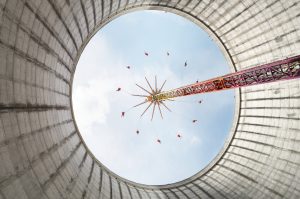
Kalkar, Germany, 2019, 2019
People enjoying the swing ride installed inside a cooling tower on the former site of a nuclear power plant that never went online. Wunderland Kalkar is an amusement park in Germany that receive around 600,000 visitors each year. Germany has embarked on an energy revolution and aims to be green powered by 2050. Fear for nuclear power grew in the country after Japan’s Fukushima accident–all German nuclear power plants will be shut down by 2022.

Masdar City, 2019
Masdar is technology-intensive city meant to be exemplary in its design and structure. Focused on sustainability and green urban living it is designed to host up to 50,000 people and 1,500 businesses. Designed by the British architectural firm Foster and Partners, the city is planned to be pedestrian and cyclist friendly, designed also to be cooler than the surrounding desert.

Tucson, AZ, USA, 2019
The dry desert climate in Arizona, USA, helps prevent corrosion and weather damage to aircraft stored at the 309th Aerospace Maintenance and Regeneration Group in Tucson. ‘The Boneyard’ handles nearly 4,400 decommissioned planes, dismantling them and reusing parts, or reassembling entire aircraft to be put back into service. Precious parts are dismantled and reused in the Air Force fleet, and entire aircraft can be reassembled and put back into service. At the end of the life cycle, they can be scrapped for steel and aluminum recycling.

The Netherlands, 2017
A view of an ultra high-tech greenhouse under construction.
Thanks to quality seeds, LED lighting, sensors, and more, the greenhouse can produce, per hectare, ten times the quantity of traditional cultivation methods with about 90% less water. The planet must produce more food in the next four decades than farmers have harvested over the past 8,000 years. That’s because by 2050, the Earth will be home to as many as 10 billion people, up from today’s 7.8 billion. If massive increases in agricultural yield are not achieved, matched by massive decreases in the use of water and fossil fuels, a billion or more people may face starvation. Greenhouses could offer a real solution to humanity's future needs.
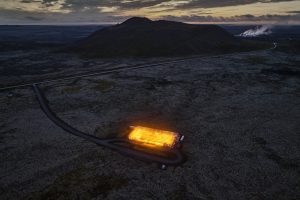
Grindavik, Iceland, 2019
Geothermal energy warms this greenhouse in the lava fields of Grindavik, Iceland. Barley grown in inert volcanic pumice is genetically engineered to produce Epidermal Growth Factor (EGF), a protein that stimulates cell growth and which is used in luxury cosmetics. EGF has a market value of US$10,000 a gram.
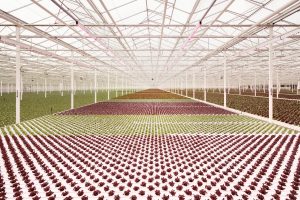
---------------------------------------------------------------------

